Irish factory prices continued the downward spiral last week and, unfortunately, it was a similar picture in most of the EU, with a couple of outlying exceptions.
The one country that has avoided a drop, and in fact posted a small increase in young bulls and heifers, is Sweden. Of course, they are the exception in the major EU markets that Ireland exports to by keeping the restaurant and hospitality sector open.
Irish fall the largest
Irish O3 cows have experienced the most dramatic fall, down 40c/kg in the past three weeks, one of the biggest across the EU in any category. Both R3 steers and heifers have posted a 16c/kg fall in prices at a time of year when prices have been increasing.
O3 cows are also the big loser in Britain, with prices back the equivalent of 28c/kg and the Northern Irish price is back 26c/kg equivalent.
This trend is repeated across continental markets and the EU average O3 cow price at 264c/kg is 19c/kg below what it was three weeks ago.
Clearly, across Europe it is the cow trade that has taken the biggest hit with the closure of the restaurant and fast food outlets everywhere except Sweden.
Prime beef
Prime beef prices have also been falling, but not by as much. The EU average R3 young bull price last week was 348c/kg, down 14c/kg compared with three weeks ago, while the R3 heifer price was down 12c/kg at 357c/kg.
While the trend has been mainly down, there are a couple of notable outliers where the price has increased.
Most strikingly, Italy R3 young bulls were reported at 415/kg last week compared with 368/kg three weeks ago – this was an unusually low figure. Their R3 heifer price was up 1c/kg at 421c/kg and French R3 heifers also recorded an increase of 4c/kg to 393c/kg.
Read more
Beef trends: another hit for producers
Irish factory prices continued the downward spiral last week and, unfortunately, it was a similar picture in most of the EU, with a couple of outlying exceptions.
The one country that has avoided a drop, and in fact posted a small increase in young bulls and heifers, is Sweden. Of course, they are the exception in the major EU markets that Ireland exports to by keeping the restaurant and hospitality sector open.
Irish fall the largest
Irish O3 cows have experienced the most dramatic fall, down 40c/kg in the past three weeks, one of the biggest across the EU in any category. Both R3 steers and heifers have posted a 16c/kg fall in prices at a time of year when prices have been increasing.
O3 cows are also the big loser in Britain, with prices back the equivalent of 28c/kg and the Northern Irish price is back 26c/kg equivalent.
This trend is repeated across continental markets and the EU average O3 cow price at 264c/kg is 19c/kg below what it was three weeks ago.
Clearly, across Europe it is the cow trade that has taken the biggest hit with the closure of the restaurant and fast food outlets everywhere except Sweden.
Prime beef
Prime beef prices have also been falling, but not by as much. The EU average R3 young bull price last week was 348c/kg, down 14c/kg compared with three weeks ago, while the R3 heifer price was down 12c/kg at 357c/kg.
While the trend has been mainly down, there are a couple of notable outliers where the price has increased.
Most strikingly, Italy R3 young bulls were reported at 415/kg last week compared with 368/kg three weeks ago – this was an unusually low figure. Their R3 heifer price was up 1c/kg at 421c/kg and French R3 heifers also recorded an increase of 4c/kg to 393c/kg.
Read more
Beef trends: another hit for producers




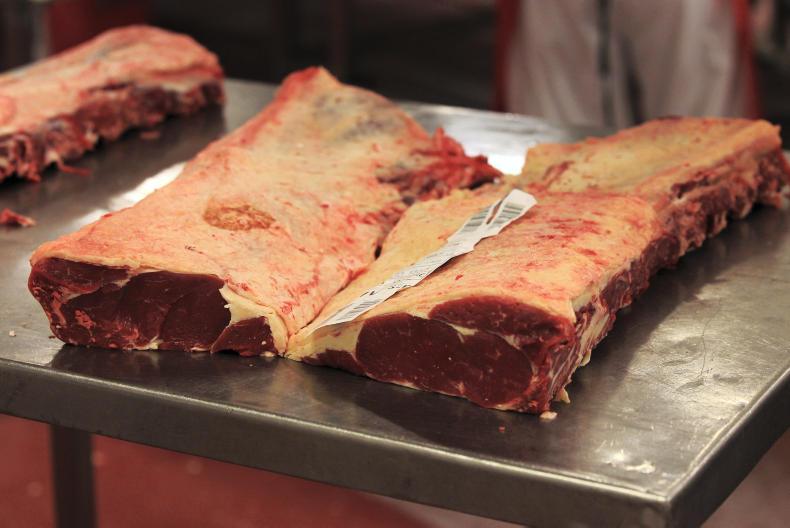
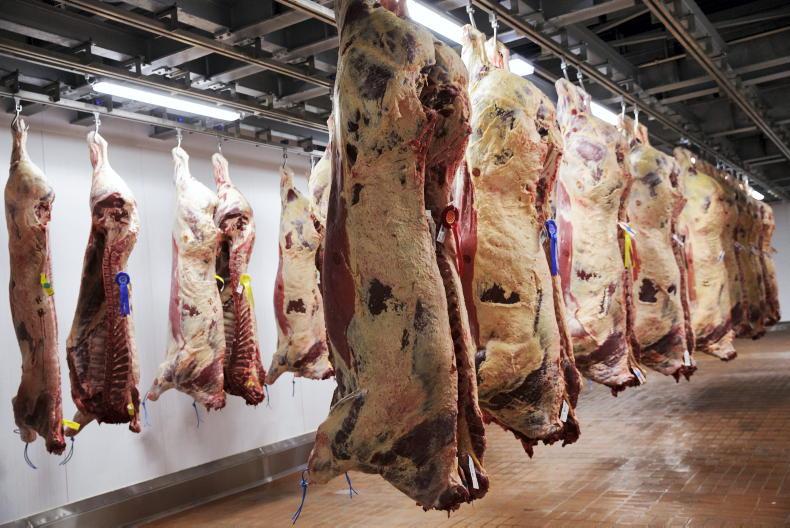

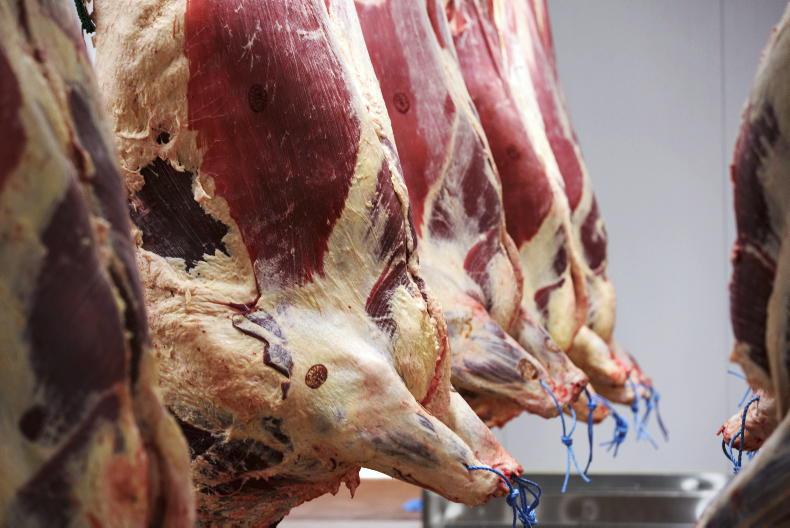
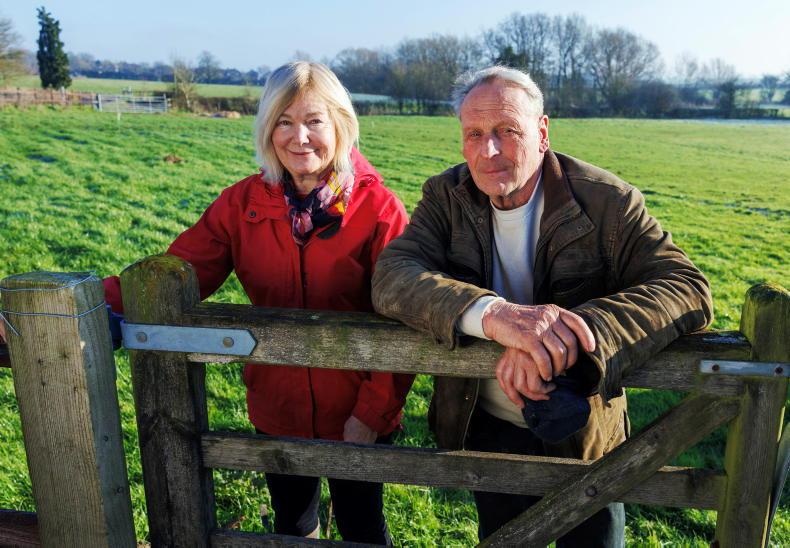
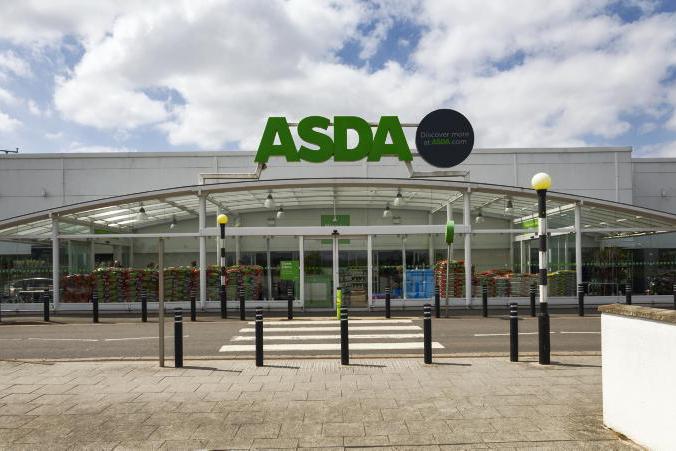
SHARING OPTIONS